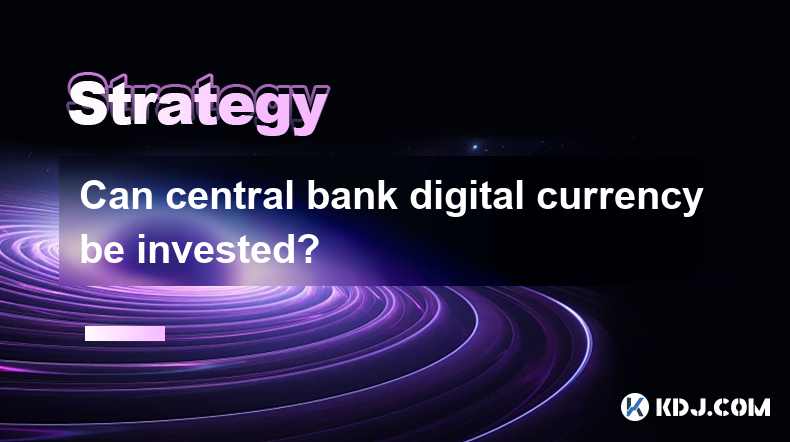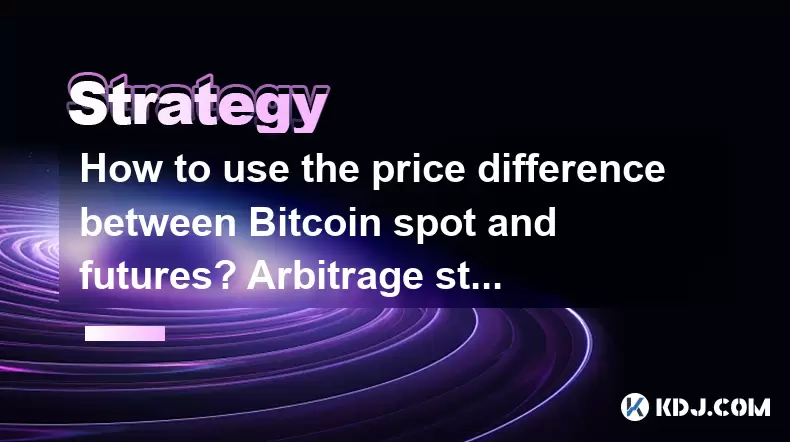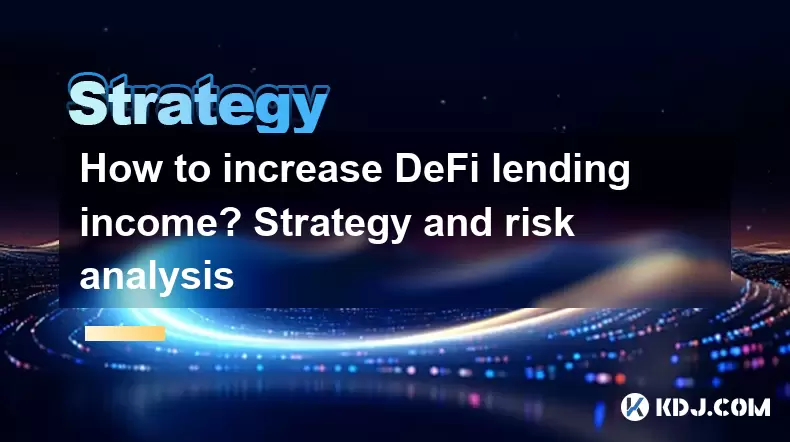-
 Bitcoin
Bitcoin $108,119.2441
0.67% -
 Ethereum
Ethereum $2,453.5972
0.96% -
 Tether USDt
Tether USDt $1.0002
-0.01% -
 XRP
XRP $2.1924
0.16% -
 BNB
BNB $649.9871
0.49% -
 Solana
Solana $151.5089
2.77% -
 USDC
USDC $0.9999
0.00% -
 TRON
TRON $0.2757
0.04% -
 Dogecoin
Dogecoin $0.1647
1.02% -
 Cardano
Cardano $0.5652
0.68% -
 Hyperliquid
Hyperliquid $38.7453
4.64% -
 Bitcoin Cash
Bitcoin Cash $495.2499
-0.34% -
 Sui
Sui $2.8252
3.32% -
 Chainlink
Chainlink $13.4477
2.27% -
 UNUS SED LEO
UNUS SED LEO $9.1413
0.72% -
 Avalanche
Avalanche $18.0719
2.01% -
 Stellar
Stellar $0.2392
0.47% -
 Toncoin
Toncoin $2.8737
1.04% -
 Shiba Inu
Shiba Inu $0.0...01159
1.37% -
 Litecoin
Litecoin $86.7133
1.04% -
 Hedera
Hedera $0.1488
0.33% -
 Monero
Monero $319.1619
1.53% -
 Polkadot
Polkadot $3.4308
2.24% -
 Bitget Token
Bitget Token $4.6349
-0.85% -
 Dai
Dai $1.0000
0.00% -
 Ethena USDe
Ethena USDe $0.9999
-0.03% -
 Uniswap
Uniswap $7.2389
2.16% -
 Aave
Aave $269.9171
5.12% -
 Pi
Pi $0.5335
-0.63% -
 Pepe
Pepe $0.0...09552
1.68%
Can central bank digital currency be invested?
Due to their stable value, secure storage, and cross-border payment capabilities, CBDCs present potential investment opportunities for investors seeking low-risk, regulated digital assets.
Jan 09, 2025 at 02:11 am

Key Points:
- Definition and background of Central Bank Digital Currency (CBDC)
- Potential investment opportunities in CBDCs
- Factors to consider when investing in CBDCs
- Risks associated with CBDC investments
- Steps for purchasing CBDCs directly and through intermediaries
- Examples of CBDC projects around the world
Content:
Definition and Background of CBDC
A Central Bank Digital Currency (CBDC) is a digital form of a country's fiat currency issued and regulated by the central bank. CBDCs combine the features of traditional fiat currencies with the advantages of digital currencies, such as programmability, accessibility, and security.
Potential Investment Opportunities in CBDCs
CBDCs offer potential investment opportunities due to their:
- Stable value: CBDCs are backed by the issuing central bank, ensuring their value is pegged to the fiat currency they represent.
- Secure storage: CBDCs are stored in digital wallets, which provide enhanced security compared to physical cash or traditional bank accounts.
- Cross-border payments: CBDCs can facilitate fast and efficient cross-border payments, reducing transaction costs and delays.
- Potential for yield: Some central banks may explore offering yield on CBDCs, creating an alternative investment channel.
Factors to Consider When Investing in CBDCs
Before investing in CBDCs, consider the following factors:
- Regulatory environment: The regulatory framework for CBDCs varies by jurisdiction, potentially affecting investment accessibility and returns.
- Issuer's credibility: The stability and reputation of the issuing central bank play a significant role in the trust and confidence in the CBDC.
- Acceptance and adoption: The widespread acceptance of CBDCs and their integration with existing financial systems influence their potential as an investment asset.
- Inflationary risks: CBDCs may introduce inflationary pressures if they are issued without proper monetary policy consideration.
Risks Associated with CBDC Investments
Investing in CBDCs carries potential risks:
- Technology risks: CBDCs rely on complex technological infrastructure, which may be subject to outages or security breaches.
- Privacy concerns: Central banks may have access to transaction data, raising privacy concerns for investors.
- Price volatility: While CBDCs aim to be stable, external factors could impact their value and result in price volatility.
- Liquidity risk: CBDCs may have limited liquidity in certain markets, especially during periods of high volatility or market stress.
Steps for Purchasing CBDCs
Direct Purchase from Central Bank:
- Contact the relevant central bank and inquire about direct CBDC issuance options.
- Create a digital wallet compatible with the CBDC.
- Transfer fiat currency to the central bank's designated account.
- Receive CBDCs in the designated digital wallet.
Purchase through Intermediaries:
- Identify a regulated exchange or custodian that supports CBDC trading.
- Open an account with the intermediary.
- Transfer fiat currency to the exchange or custodian.
- Purchase CBDCs through the available platform.
Examples of CBDC Projects Around the World
Various central banks worldwide are experimenting with CBDC projects:
- China: The People's Bank of China has launched the digital yuan (e-CNY) as a pilot project.
- Sweden: The Riksbank is conducting a pilot study of the e-krona.
- The Bahamas: The Central Bank of The Bahamas released the Sand Dollar as the world's first CBDC.
- Nigeria: The Central Bank of Nigeria introduced the eNaira in October 2021.
FAQs
What is the difference between CBDCs and cryptocurrencies like Bitcoin?
- CBDCs are issued and backed by central banks, while cryptocurrencies are private, decentralized digital currencies.
- CBDCs are designed as legal tender, unlike cryptocurrencies, which are primarily speculative assets.
Can I invest in CBDCs from any country?
- Investment options depend on the regulatory framework of each jurisdiction and the availability of CBDCs.
What are the long-term prospects for CBDC investments?
- The potential growth and profitability of CBDCs as an investment asset will depend on factors such as regulatory acceptance, adoption, and monetary policy decisions.
Disclaimer:info@kdj.com
The information provided is not trading advice. kdj.com does not assume any responsibility for any investments made based on the information provided in this article. Cryptocurrencies are highly volatile and it is highly recommended that you invest with caution after thorough research!
If you believe that the content used on this website infringes your copyright, please contact us immediately (info@kdj.com) and we will delete it promptly.
- Bitcoin Wallets: Safeguarding Your Cryptocurrency Assets Like a New Yorker
- 2025-06-29 16:50:12
- Dogwifhat, Crypto Rally, and the Unexpected Challenger: A Meme Coin Mania?
- 2025-06-29 16:30:12
- Pi Network's Token Unlock: Sell-Off Fears or Future Fuel?
- 2025-06-29 16:30:12
- Altcoin Update: Vitalik Buterin on Major Changes in Governance and Digital Identity
- 2025-06-29 17:07:13
- Stablecoins, Crypto, and Ethereum: A 2025 Perspective
- 2025-06-29 17:30:12
- Altcoins in Focus: Remittix Steals the Show as Pepe Coin Gains Traction
- 2025-06-29 17:30:12
Related knowledge

What are the skills of Bitcoin option hedging? Practical case sharing
Jun 24,2025 at 04:01pm
Understanding Bitcoin Option HedgingBitcoin option hedging is a risk management strategy used by traders and investors to protect their positions in the volatile cryptocurrency market. By using options, individuals can limit potential losses while retaining the opportunity for profit. In essence, it allows one to insulate against adverse price movements...

How to use the price difference between Bitcoin spot and futures? Arbitrage strategy
Jun 20,2025 at 02:56pm
Understanding Bitcoin Spot and Futures MarketsTo effectively leverage arbitrage opportunities between Bitcoin spot and futures markets, it's essential to understand the fundamental differences between these two types of markets. The spot market refers to the direct buying and selling of Bitcoin for immediate delivery at the current market price. In cont...

How to increase DeFi lending income? Strategy and risk analysis
Jun 24,2025 at 02:08pm
Understanding DeFi Lending and Its Income PotentialDeFi (Decentralized Finance) lending has emerged as a popular way to earn passive income in the cryptocurrency space. Unlike traditional banking systems, DeFi lending platforms allow users to lend their crypto assets directly to borrowers without intermediaries. The lenders earn interest based on the su...

How to operate cryptocurrency cross-market arbitrage? Practical analysis
Jun 23,2025 at 04:01am
Understanding Cryptocurrency Cross-Market ArbitrageCryptocurrency cross-market arbitrage involves taking advantage of price differences for the same digital asset across different exchanges. The core idea is to buy low on one exchange and sell high on another, capturing the profit from the discrepancy. This strategy relies heavily on real-time market da...

How to make profits from high-frequency cryptocurrency trading? Sharing core skills
Jun 19,2025 at 05:07pm
Understanding High-Frequency Cryptocurrency TradingHigh-frequency trading (HFT) in the cryptocurrency market involves executing a large number of trades at extremely fast speeds, often within milliseconds. This method relies on small price discrepancies across exchanges or within a single exchange’s order book. Traders use complex algorithms and ultra-l...

What are the methods of cryptocurrency quantitative trading? Detailed analysis
Jun 22,2025 at 11:07pm
Understanding the Core of Cryptocurrency Quantitative TradingCryptocurrency quantitative trading refers to the use of mathematical models and algorithms to execute trades in the digital asset market. Unlike traditional discretionary trading, which relies heavily on human judgment, quantitative trading leverages data-driven strategies to identify profita...

What are the skills of Bitcoin option hedging? Practical case sharing
Jun 24,2025 at 04:01pm
Understanding Bitcoin Option HedgingBitcoin option hedging is a risk management strategy used by traders and investors to protect their positions in the volatile cryptocurrency market. By using options, individuals can limit potential losses while retaining the opportunity for profit. In essence, it allows one to insulate against adverse price movements...

How to use the price difference between Bitcoin spot and futures? Arbitrage strategy
Jun 20,2025 at 02:56pm
Understanding Bitcoin Spot and Futures MarketsTo effectively leverage arbitrage opportunities between Bitcoin spot and futures markets, it's essential to understand the fundamental differences between these two types of markets. The spot market refers to the direct buying and selling of Bitcoin for immediate delivery at the current market price. In cont...

How to increase DeFi lending income? Strategy and risk analysis
Jun 24,2025 at 02:08pm
Understanding DeFi Lending and Its Income PotentialDeFi (Decentralized Finance) lending has emerged as a popular way to earn passive income in the cryptocurrency space. Unlike traditional banking systems, DeFi lending platforms allow users to lend their crypto assets directly to borrowers without intermediaries. The lenders earn interest based on the su...

How to operate cryptocurrency cross-market arbitrage? Practical analysis
Jun 23,2025 at 04:01am
Understanding Cryptocurrency Cross-Market ArbitrageCryptocurrency cross-market arbitrage involves taking advantage of price differences for the same digital asset across different exchanges. The core idea is to buy low on one exchange and sell high on another, capturing the profit from the discrepancy. This strategy relies heavily on real-time market da...

How to make profits from high-frequency cryptocurrency trading? Sharing core skills
Jun 19,2025 at 05:07pm
Understanding High-Frequency Cryptocurrency TradingHigh-frequency trading (HFT) in the cryptocurrency market involves executing a large number of trades at extremely fast speeds, often within milliseconds. This method relies on small price discrepancies across exchanges or within a single exchange’s order book. Traders use complex algorithms and ultra-l...

What are the methods of cryptocurrency quantitative trading? Detailed analysis
Jun 22,2025 at 11:07pm
Understanding the Core of Cryptocurrency Quantitative TradingCryptocurrency quantitative trading refers to the use of mathematical models and algorithms to execute trades in the digital asset market. Unlike traditional discretionary trading, which relies heavily on human judgment, quantitative trading leverages data-driven strategies to identify profita...
See all articles

























































































